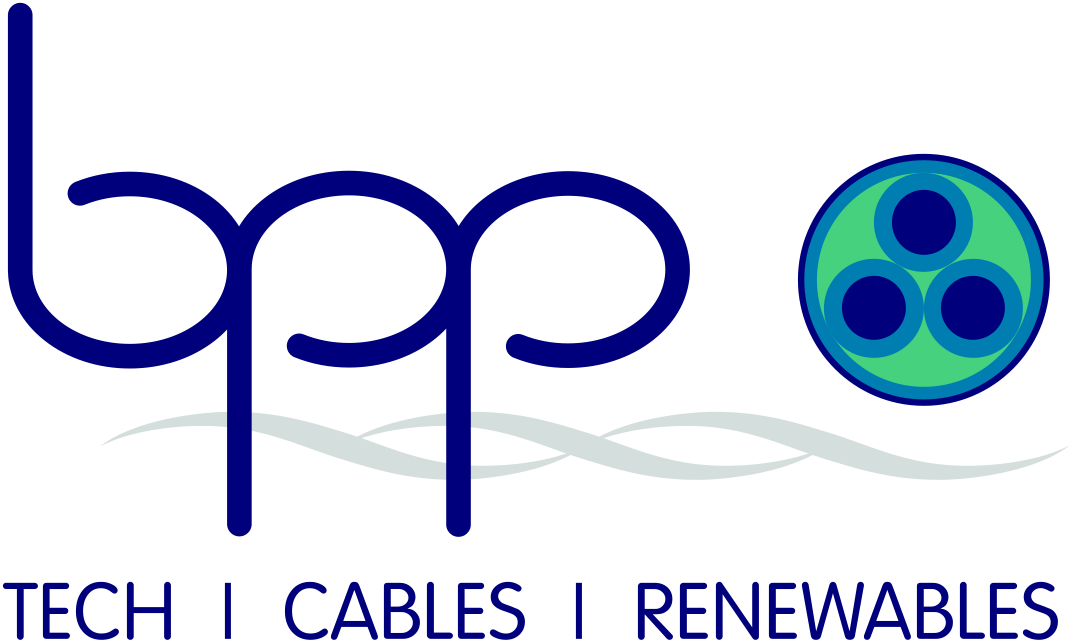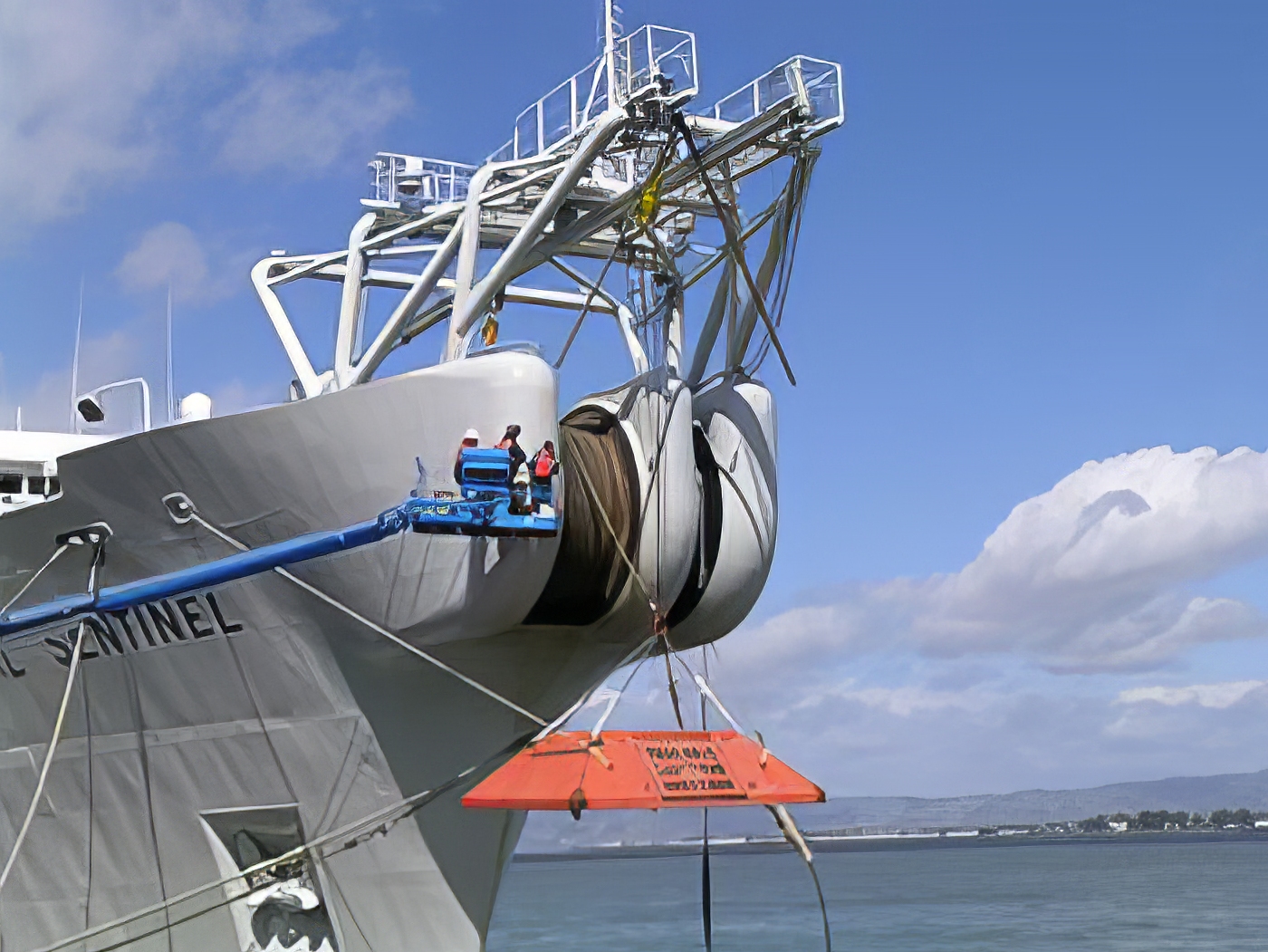Cable Handling, Laying and Recovery
Overview
BPP has developed methodologies and software modules for carrying out cable handling, laying, and recovery analyses. These methodologies are collectively called CHARM. They can be used as an operation planning tool, or as a training facility enabling users to evaluate the effects of parametric changes in operational procedures.
The CHARM methodologies comprise several calculation modules that provide the necessary results for a chosen analysis. These calculation modules are summarised as follows:
Catenary With Slack performs a stationary cable lay analysis. With bottom slack, the cable bottom tension is zero, resulting in a straight-line lay configuration.
Catenary With Bottom Tension: For nonzero bottom tension a curved profile cable lay analysis is carried out.
Repeater Launch defines the changes in cable slack, pay-out rate, and the repeater landing position.
Track Deviation defines the recommended timing and magnitude with respect to the course change angles and designed bottom slack levels. A constant ship ground speed and a constant pay-out rate are assumed during a track deviation.
Seabed Slope Variation generates the timing and magnitude of cable pay-out rates in accordance with changes in seabed slope in order to avoid cable spanning.
Taut Wire Effects calculates the taut wire error due to a sloping seabed and some transient event such as ship speed change, course change or the shore end start-up operation.
Time Slack Analysis defines cable pay-out rates and their timing in order to accommodate vessel speed changes.
Route Planning Analysis provides an estimate of the amount of cable needed with the route length and average bottom slack known and vice versa.
Grapnel Lifting defines the tension at the ship when lifting the grapnel off the seabed with the cable being cut after a grappling operation.
Cable Data Bank provides a database for managing cable parameters.
Burial Recovery analyses the recovery of buried cables. It calculates the cable top tension of both cut and uncut cables.
Ploughing Without Guide Tubes provides calculated numerical data giving the layback of plough relative to the ship, the configuration of the tow line and the cable without guide tubes.
Bight Raising defines the tension in an uncut cable when being raised from the seabed.
Cable Recovery analyses the recovery of surface laid cables. It calculates the pickup speed and cable top tension.
Buoyage Performance predicts the performance of a marker buoy with and without the presence of current.
Ploughing With Guide Tubes provides calculated numerical data giving the layback of plough relative to the ship, the configuration of the tow line and the cable with the use of guide tubes.
Twin Cable Analysis: the required changes in lay parameters, due to a discontinuity in weight per unit length along the cable’s suspended length are calculated.
Cable Grappling defines the catenary length of the grappling line and the layback of the grapnel relative to the ship.
Footprint Analysis predicts the landing positions of the repeater in the presence of head, following and beam currents. This enables the repeater to touch down in a pre-designated footprint area.
Related Sectors
- Thermal Assessments
- Subsea Cable Engineering
- Subsea Cable Protection
- Electro-magnetic Field Effects
- Cable Condition Investigation
- Telecommunication Cable Services
- Cable Fatigue Life
- Dynamic Cable Ratings
- Cable and Materials Testing
- Cable Manufacturing Support
- ECG™ Holistic Cable Monitoring System
- AI & Machine Learning for Subsea Cable Data

